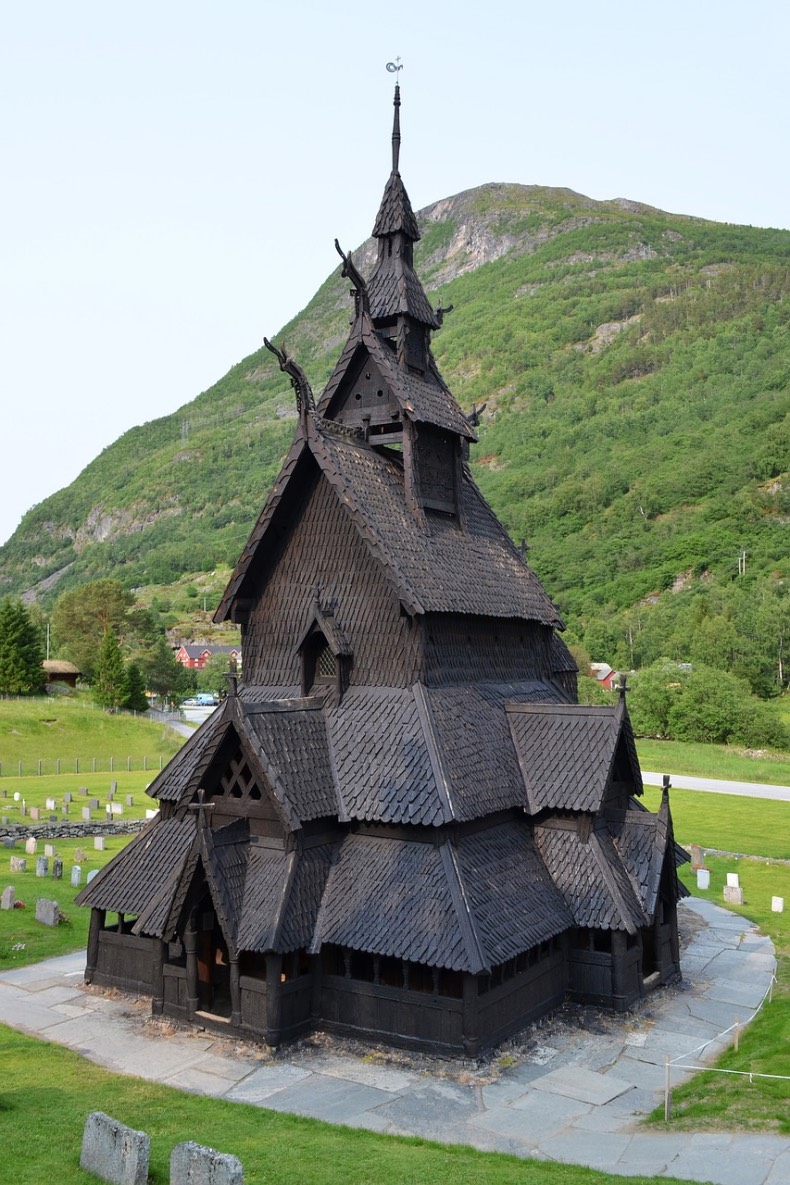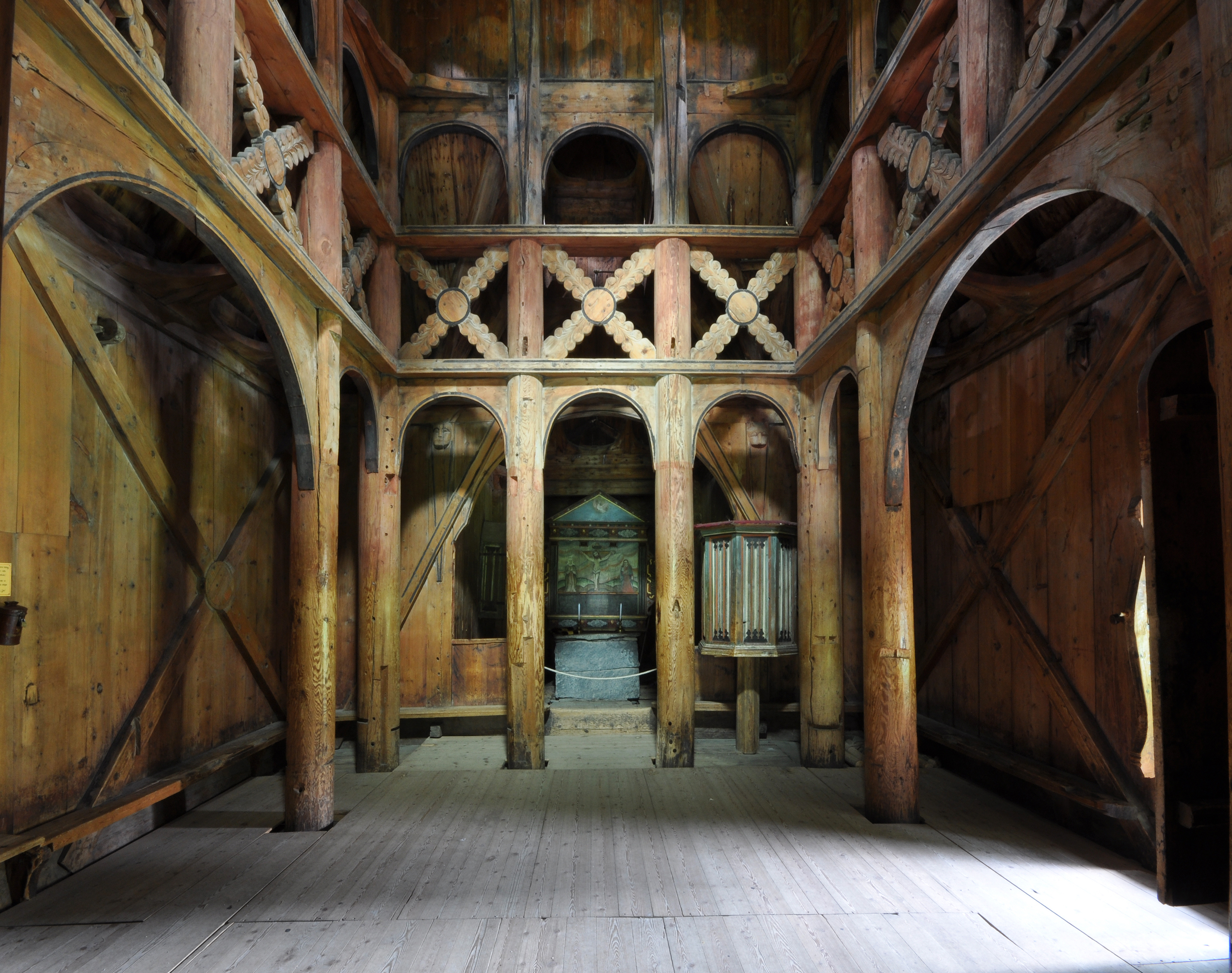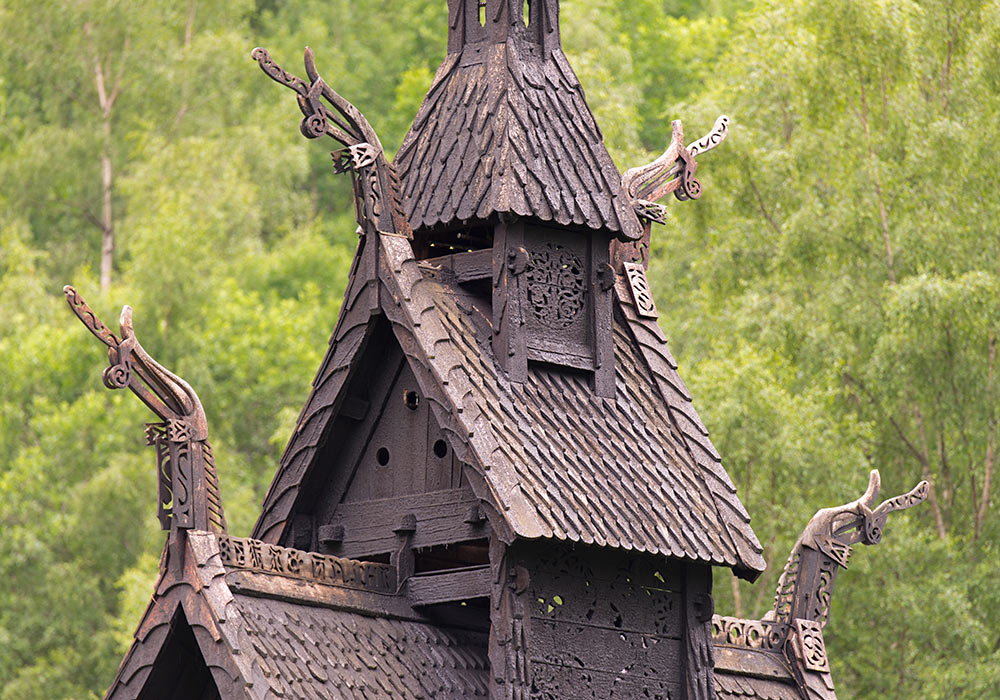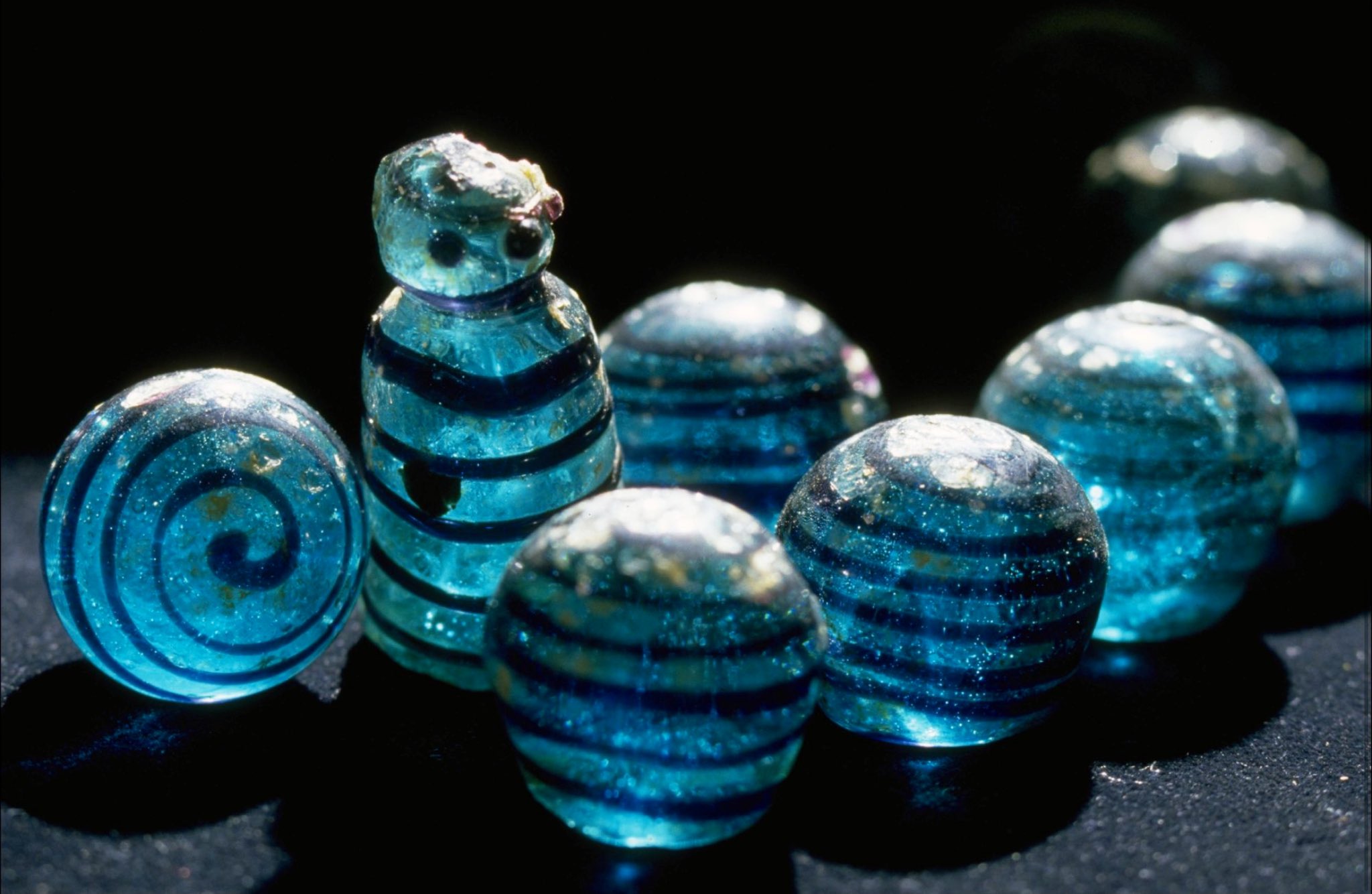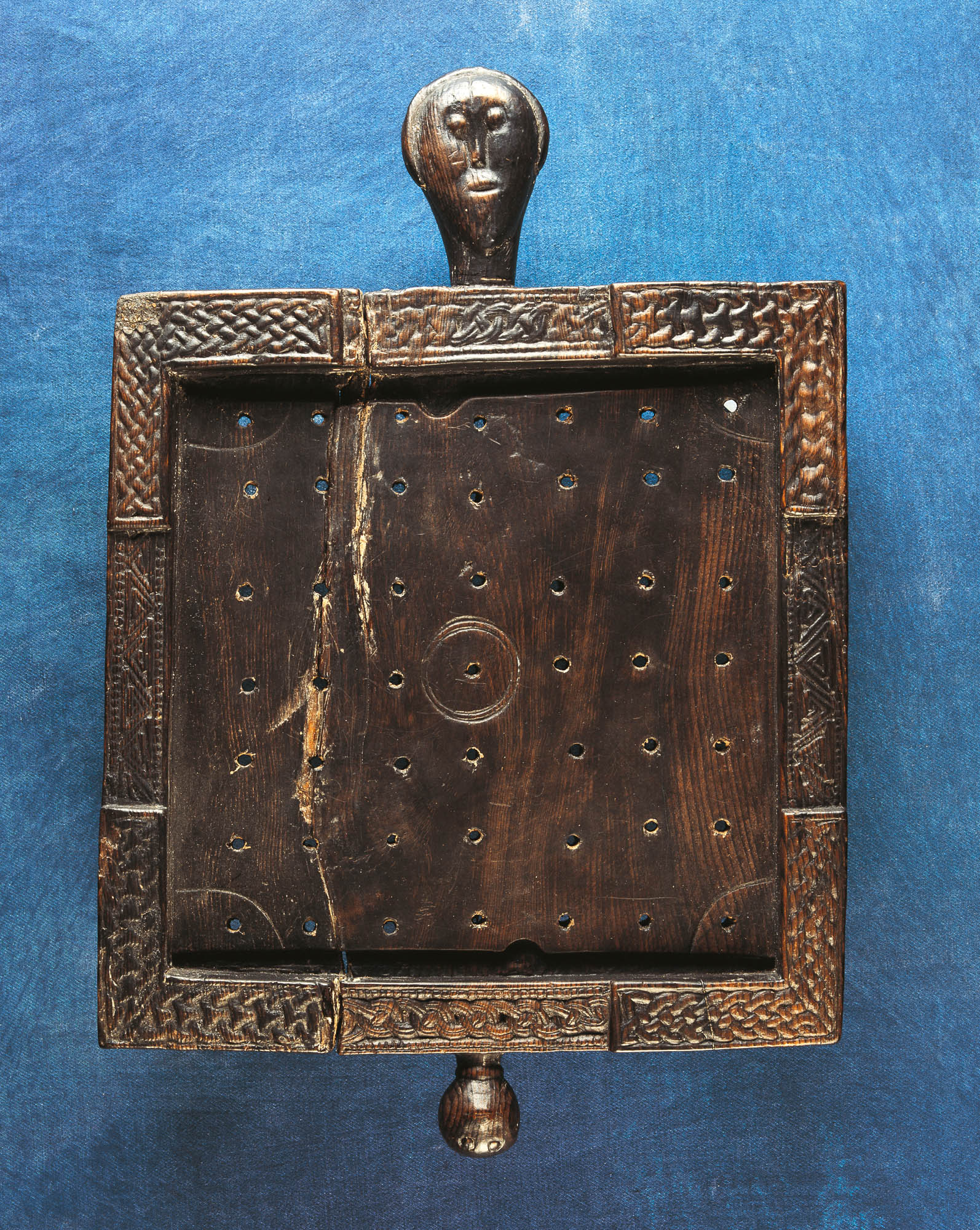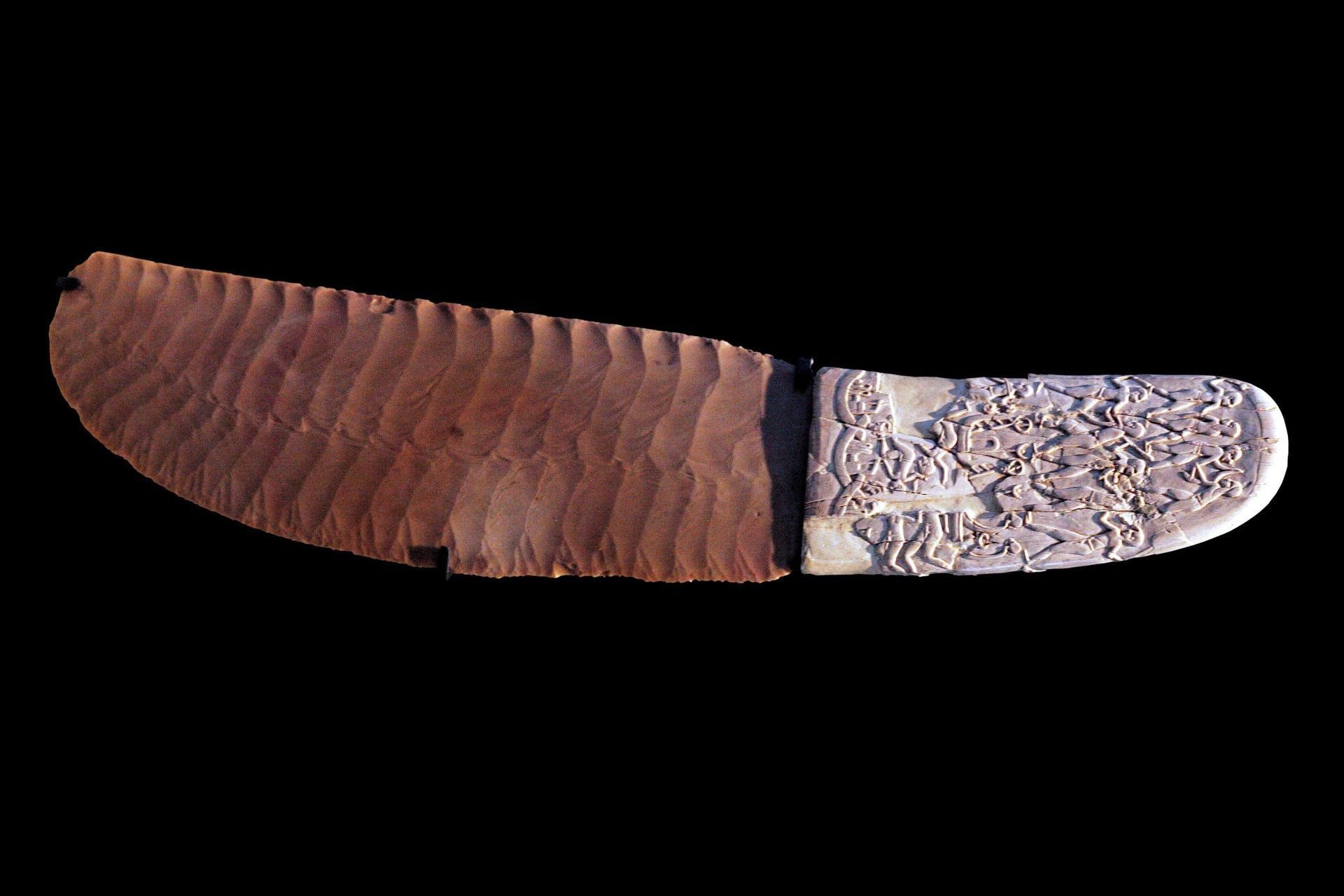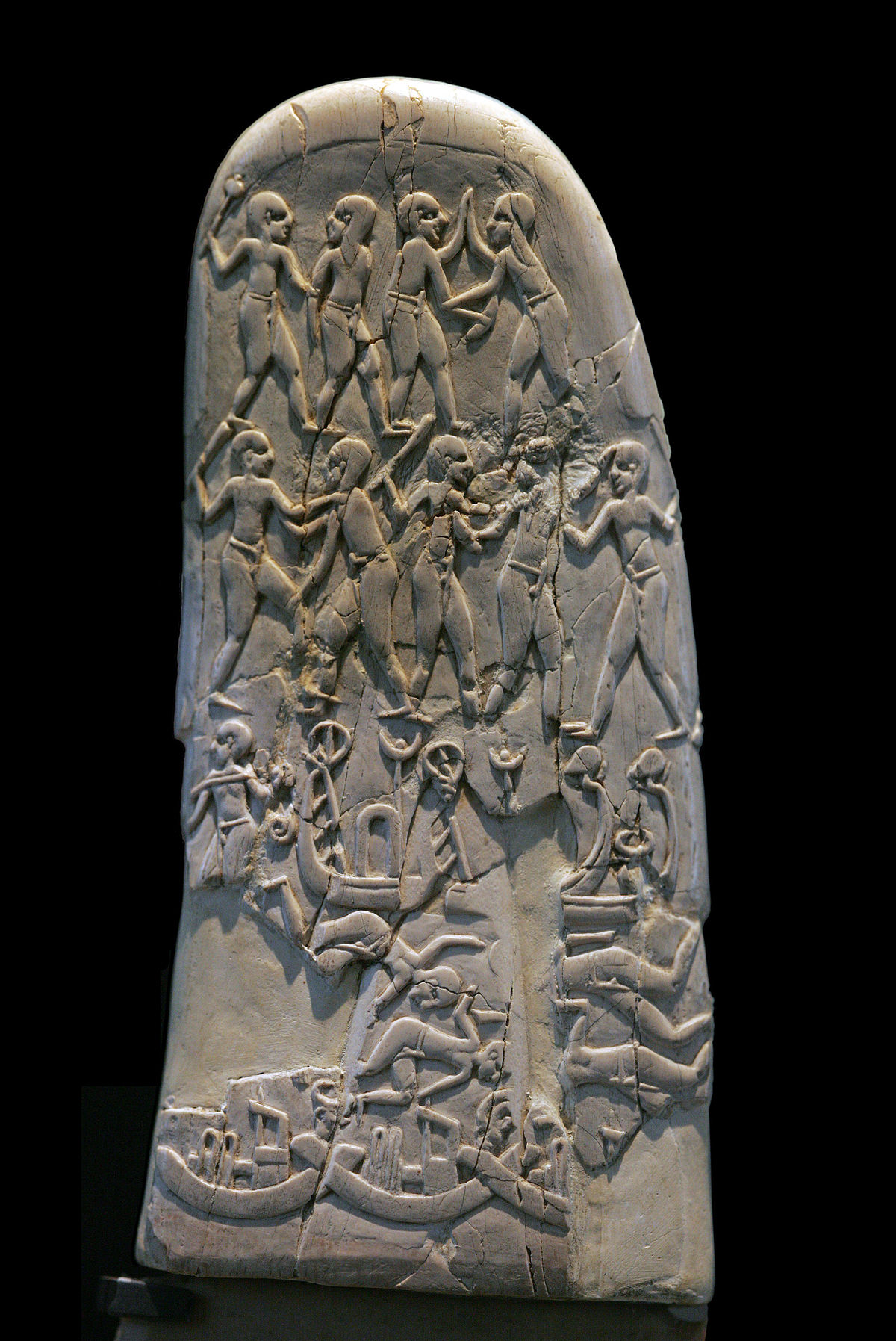The doors of the Pantheon in Rome.

For years they were thought to be Renaissance replacements until modern metallurgy had a nose about and discovered, nope they're original and made and hung in the first years of the second century AD. They weigh over twenty tonnes each. Back in the 19th century an attempt was made to replace one of the pins and the door swung and killed one of the workers and up until the 80's IIRC one was always slightly ajar. Since been fixed. A couple of other Roman bronze doors have survived after being moved into later churches.
The other thing about the Pantheon is its scale. Even when you're there it's feckin big, but feels quite intimate.
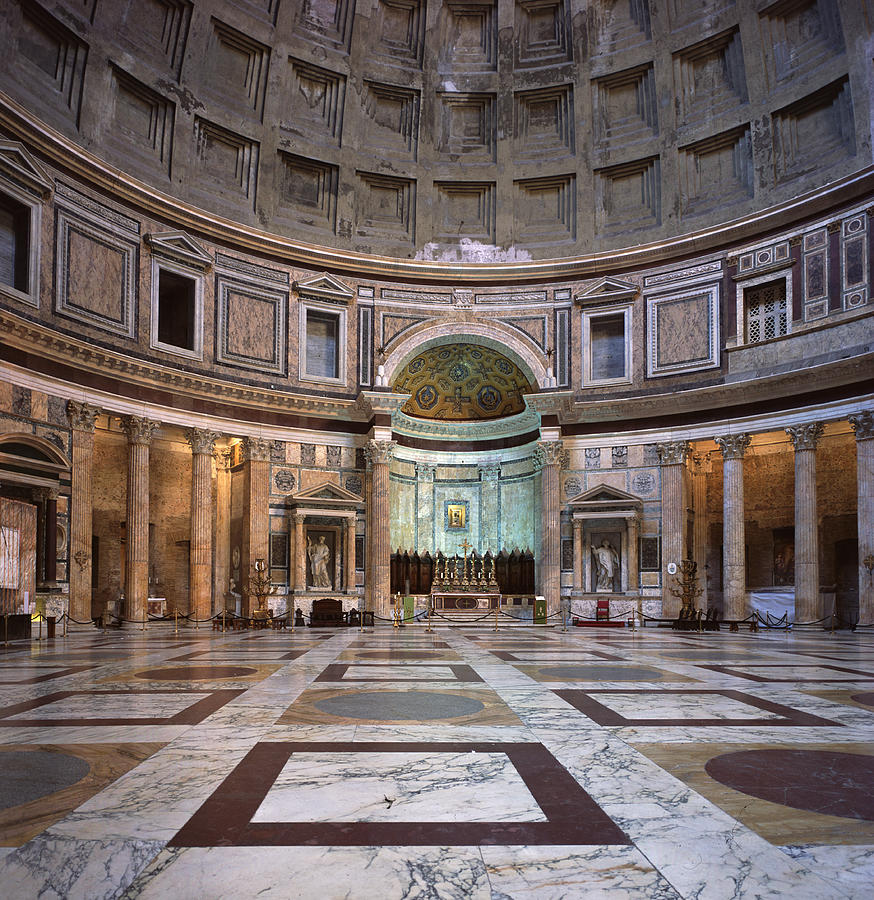
That is until you stick a couple of people in for scale at the level of those roof square thingies.

And it's also got it's own astronomical allignment. It does a Newgrange once a year. That is once a year on the official Roman date for the foundation of Rome, when Romulus and Remus laid the first stone or something like that, the hole in the roof, the occulus focuses a huge beam of sunlight that floods the entrance at noon.

The engineering is
insane and it's damned near 2000 years old.

Can you imagine being some visitor from some little wooden hamlet in the provinces and seeing something like that for the first time and the city was chock full of that sorta thing.
Actually if you're ever in Rome and see it, you'll notice it sits a bit below street level compared to its surroundings. Roman temples were always elevated and you generally went up some steps to the entrance, but since Rome has built up over the last twenty centuries the Pantheon stayed where it was while the ground rose up around it.
The sad thing is the earlier by over five hundred years Parthenon in Athens very nearly survived down to us today in a similar condition. It had been converted into a Greek orthodox church, then later on a Catholic one, then after the Ottomans conquered Greece a mosque. Then in the 18th century when they were fighting the Venetians the story goes the Turks decided to put all their gunpowder stock inside it thinking the Italians would avoid shelling such an iconic building. They didn't and a shell did hit it and the whole thing went up in a vast explosion killing hundreds of people in the process. Then it was picked clean for years for building material.


The Turks had done similar with another building in that complex and that had blown up too.
Rejoice in the awareness of feeling stupid, for that’s how you end up learning new things. If you’re not aware you’re stupid, you probably are.

